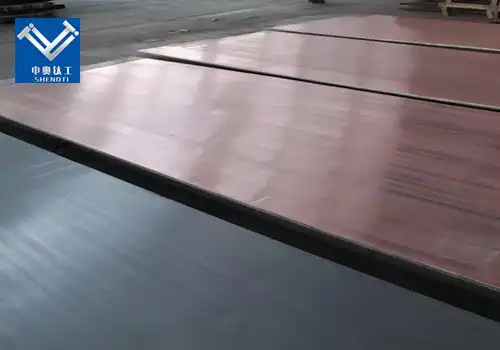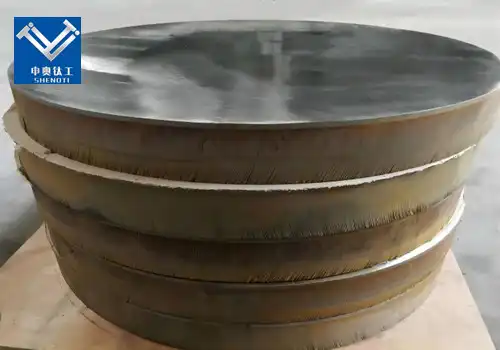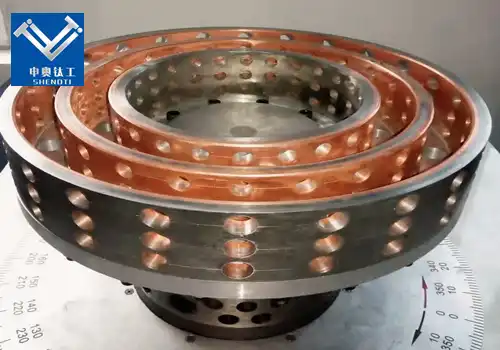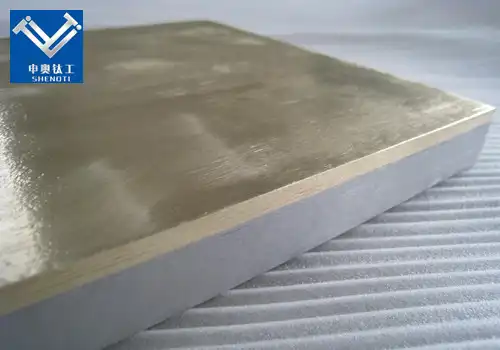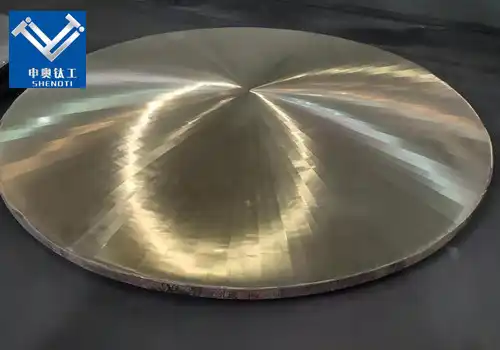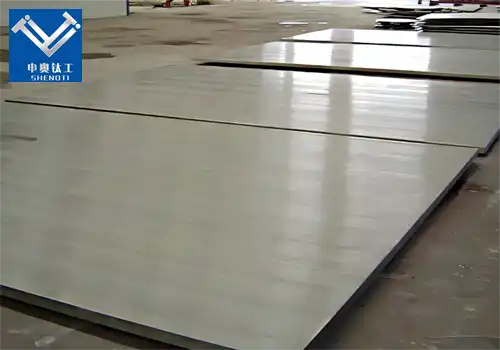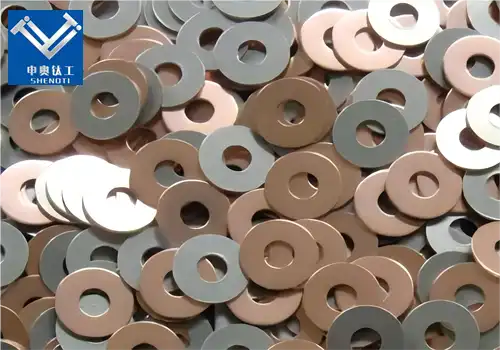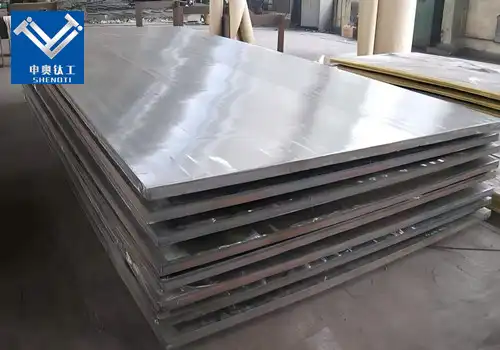
Industrial Applications of 304 Stainless Steel Composite Plate
2025-07-18 16:37:04
In today's rapidly evolving industrial world, 304 stainless steel composite plate has emerged as a cost-effective, high-performance material solution for a wide array of industries. From pressure vessels to chemical processing equipment, this innovative composite material combines corrosion resistance, mechanical strength, and economic efficiency. But what exactly makes 304 stainless steel composite plate so valuable? What industries benefit the most from it? And how does this material stand out in a competitive global market?
What is a 304 Stainless Steel Composite Plate?
A 304 stainless steel composite plate is a bimetallic or multilayered material made by bonding 304 stainless steel to a base layer of carbon steel or other substrate metals through techniques such as explosion bonding, hot rolling, or diffusion welding. The top stainless steel layer provides superior corrosion resistance, while the carbon steel or other base offers excellent strength and lower cost.
Key Features of 304 Stainless Steel
Excellent Corrosion Resistance
Type 304 stainless steel contains 18% chromium and 8% nickel, offering excellent resistance to a wide range of corrosive environments.
Good Mechanical Properties
It retains strength and formability, even at elevated temperatures.
Excellent Weldability and Fabrication
304 stainless steel is easy to weld, machine, and polish, making it suitable for complex fabrications.
Composite Plate Structure
A typical 304 stainless steel composite plate consists of:
Cladding Layer: Pure 304 stainless steel for corrosion resistance.
Base Layer: Low-cost carbon steel or alloy steel for strength and economic efficiency.
Why Use 304 Stainless Steel Composite Plates?
The 304 stainless steel composite plate bridges the gap between performance and cost, offering the best of both worlds. Here are some compelling reasons industries opt for this material:
Cost-Effective Material Selection
Using a thin layer of 304 stainless steel rather than a full stainless steel plate reduces material costs significantly without compromising corrosion resistance.
Enhanced Structural Integrity
The bonded carbon steel substrate provides high mechanical strength, allowing the composite plate to withstand pressure, temperature variations, and physical stress.
Environmentally Friendly Manufacturing
By reducing the use of high-alloy materials and optimizing resource efficiency, 304 stainless steel composite plates contribute to sustainable production practices.
Longer Equipment Lifespan
Corrosion resistance prolongs the service life of tanks, pipelines, and vessels in harsh environments, reducing maintenance costs and downtimes.
How Are 304 Stainless Steel Composite Plates Manufactured?
Explosion Bonding
One of the most advanced and widely used techniques is explosion welding (or explosive bonding). In this process, controlled explosions are used to join stainless steel and carbon steel under high pressure and temperature without melting, ensuring a strong metallurgical bond.
Hot Rolling Cladding
This process involves hot rolling stainless steel onto the carbon steel substrate under pressure, creating a solid diffusion bond that is both durable and uniform in thickness.
Industrial Applications of 304 Stainless Steel Composite Plate
The 304 stainless steel composite plate plays a vital role in industries where corrosion resistance and mechanical strength are both critical. Let’s take a look at the key industries and use cases:
Chemical and Petrochemical Industry
1: Reaction Vessels and Storage Tanks
The high corrosion resistance of 304 stainless steel protects chemical vessels from acidic or alkaline reactions while the base carbon steel layer ensures pressure resistance.
2: Heat Exchangers and Condensers
Composite plates are used in heat transfer equipment to resist scaling and rust, improving thermal performance and durability.
Oil & Gas Industry
1: Pipeline Cladding
In pipelines transporting corrosive fluids, the inner lining of 304 stainless steel prevents pitting and crevice corrosion while the outer steel maintains structural integrity.
2: Offshore Platforms
Components exposed to marine environments use 304 stainless steel composite plates to combat saltwater corrosion.
Power Generation
1: Boiler Claddings
Power plants use composite plates to extend the life of boiler walls, economizers, and superheaters under extreme temperature and corrosion conditions.
2: Nuclear Equipment
304 stainless steel is a standard material in nuclear-grade applications where cleanliness and corrosion control are non-negotiable.
Food and Beverage Industry
1: Hygienic Equipment and Vessels
304 stainless steel is food-safe and easy to clean, making it ideal for pressure cookers, storage tanks, and mixing vats used in processing plants.
Desalination and Water Treatment
1: Reverse Osmosis Systems
Composite plates in desalination systems provide corrosion protection against saline water, improving lifespan and reducing replacement frequency.
Technical Specifications of 304 Stainless Steel Composite Plate
Cladding Material:304 Stainless Steel
Cladding Thickness:0.5mm – 5mm (customizable)
Base Material:Q235B / Q345R / Carbon Steel
Base Thickness:5mm – 100mm
Bonding Technique:Explosion Bonding / Hot Rolling
Surface Finish:2B / No.1 / Custom Polishing
Corrosion Resistance Excellent
Mechanical Strength High
These properties can be tailored based on specific project requirements or industry standards.
Frequently Asked Questions (FAQs)
1. Is 304 stainless steel composite plate magnetic?
304 stainless steel itself is non-magnetic in its annealed state. However, the base carbon steel layer is magnetic, so the overall composite plate may show mild magnetism.
2. How is the bond between stainless steel and base metal ensured?
Explosion bonding and hot rolling create a metallurgical bond that is stronger than adhesive or mechanical fastening, tested by ultrasonic and shear strength assessments.
3. Can the plate be welded or machined?
Yes, 304 stainless steel composite plates can be cut, welded, bent, and machined just like conventional steel, but extra care is needed to preserve the stainless steel layer.
4. Customization and Supply Capabilities
At our manufacturing facility, we offer 304 stainless steel composite plates in a variety of dimensions, surface finishes, and bonding techniques. Our services include:
Custom thickness ratios (e.g., 2mm + 10mm)
CNC cutting and shaping
Surface polishing and anti-corrosion coating
NDT and quality inspection reports
Export packaging and documentation
We serve clients in over 30 countries, supporting industries from energy to marine engineering. Our quality control adheres to ASME, ASTM, and ISO standards.
Partner with a Reliable 304 Stainless Steel Composite Plate Manufacturer
Choosing the right 304 stainless steel composite plate supplier is critical to ensuring project success. At Baoji ShenAo Metal Materials Co., Ltd , we combine Explosion Bonding technologies, strict quality control, and international logistics expertise to deliver products that meet your expectations—on time and on budget.
Whether you’re sourcing for heat exchangers, pressure vessels, or food-grade storage tanks, our expert team will assist you with technical consultation, design support, and after-sales service.
Conclusion: Why 304 Stainless Steel Composite Plate is the Smart Choice
From its exceptional corrosion resistance to its cost-saving design, the 304 stainless steel composite plate is a versatile, high-performance material that meets the demands of modern industry. With applications spanning petrochemicals, power generation, food processing, and more, it has become an indispensable part of today’s engineering landscape.
Ready to explore how 304 stainless steel composite plate can benefit your business? Contact us today for a customized quote and professional consultation.
Email: zh@baojiti.com.cn
Website: shenaocladplate.com
Phone: +86-18729731603
YOU MAY LIKE











